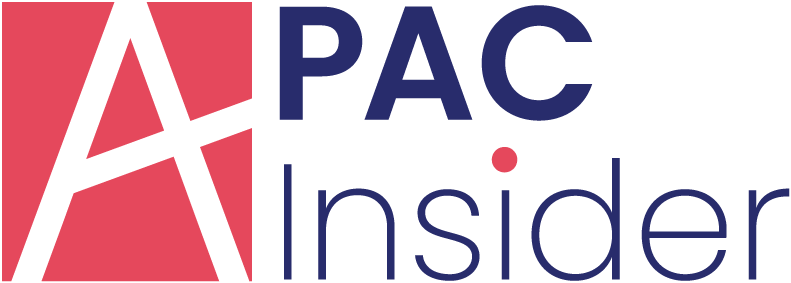
You may withdraw money out of your IRA whenever you choose, but be aware that if you’re under the age of 59 ½, doing so could result in a tax penalty. This is because the government wishes to discourage you from withdrawing funds from your IRA until you reach the age of retirement. Since an IRA is a retirement account, it’s understandable.
If you are under the age of 59 ½ and you withdraw any money from a conventional IRA you will be subject to a 10% penalty on the amount of money you take out of the account. Additionally, you’ll be liable for standard income tax on the amount of money you take out of the account. This is a bad concept.
Traditional Individual Retirement Accounts (IRAs) vs Roth Individual Retirement Accounts (Roth IRAs)
Traditional IRAs, at their most basic level, are available to people who make an income for as long as they continue to do so. This sort of IRA may allow you to deduct your contribution from your taxable income in the tax year in which it was made, as well as possibly allowing your profits to grow tax-deferred. In most cases, withdrawals from an IRA account begin when the account owner reaches the age of 72, at which point they will be subject to taxation.
Roth IRA contributions, in contrast to traditional IRA contributions, are made after tax. This means that there is no tax deduction available. Roth contributions are not taxed when withdrawn as long as you are at least 59 ½ years old. This is because you have previously paid taxes on the money you contributed.
Traditional IRAs and Roth IRAs are controlled by income levels, which determine who is allowed to make contributions to the accounts and how much they may contribute. The total annual contribution maximum for Roth and regular IRAs in both 2019 and 2020 is $6,000 if you are under the age of 50 and $7,000 if you are 50 or over, regardless of your age.
To put it another way, with a Traditional IRA you pay taxes on your income and profits when you withdraw the funds, but with a Roth IRA you pay the taxes up front. You may be eligible for a tax deduction for the year in which you make your contribution, and your contributions may grow tax-free. Roth IRAs are exempt from required minimum distributions (RMDs) since they are taxed at the time of contribution.
In most cases, you may make penalty-free withdrawals (also known as “qualified distributions”) from any IRA if you are 59 ½ years old or older. However, if it is a typical IRA you will still be liable for income tax. To be eligible to take qualifying withdrawals from a Roth IRA, you must be at least 59 ½ years old and have been contributing to the account for at least five years. Furthermore, if you converted a traditional IRA to a Roth IRA you will not be able to withdraw the money from the Roth IRA until at least five years following the conversion.
What Happens to My IRA When I Reach the Age of Retirement?
Knowing what will happen to your IRA when you reach a specific age is just as essential as understanding what an IRA is and how to use one effectively. Here are a few things you should be aware of in order to avoid penalties:
- Your money can’t just sit in your IRA for an indefinite period of time. Because of congressionally mandated minimum distributions, if you do not remove any money from your IRA throughout your lifetime (RMDs) you will not be able to refuse to take any money from your IRA and just pass the entire account on to your spouse or children. Regardless of whether or not you are employed, once you reach the age of 72, you must begin taking funds from your account to cover living expenses. This need is necessary in order for the IRS to be able to tax money that had previously been exempt from taxation.
- RMDs are calculated differently for each individual. It is not necessary for everyone to have the same retirement plan, nor have they all invested the same amount of money throughout their working years. As a result, the amount of money that individuals must remove from their accounts each year will vary and rely on a variety of circumstances.
- The failure to take an RMD leads to a severe penalty. It is true that if you do not remove the requisite minimum amount from your IRA you will be subject to a tax penalty. The penalty is calculated as a 50% levy on the amount of money that was not withdrawn in a timely manner.
Another great method of investing the money again would be to put it in self-directed IRA real estate. That way your money could continue to work for itself just as it has for all of these years.























